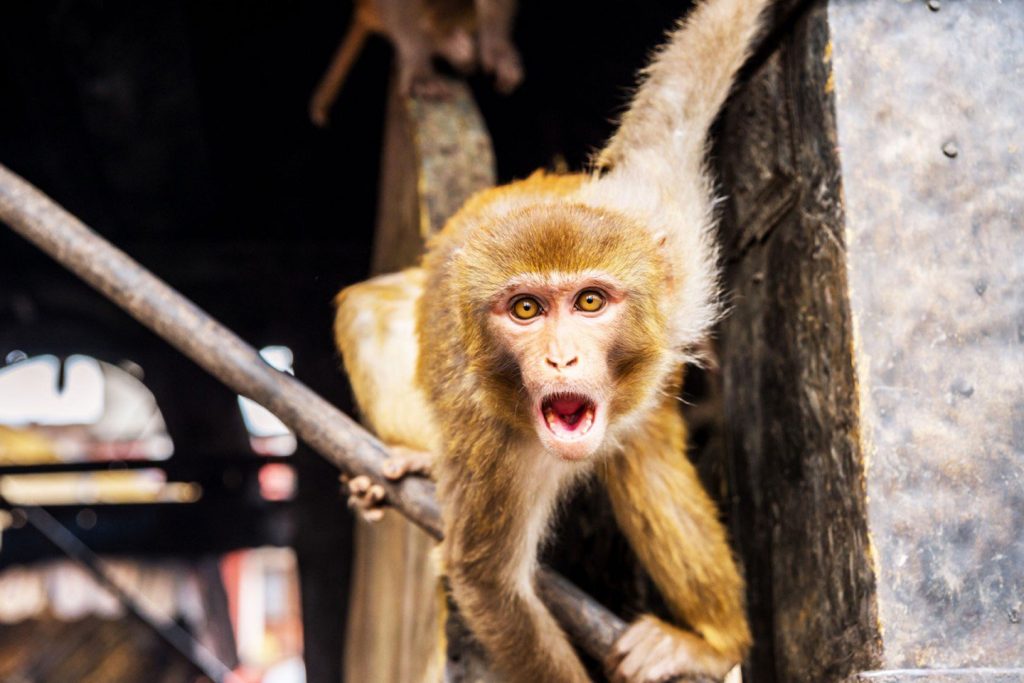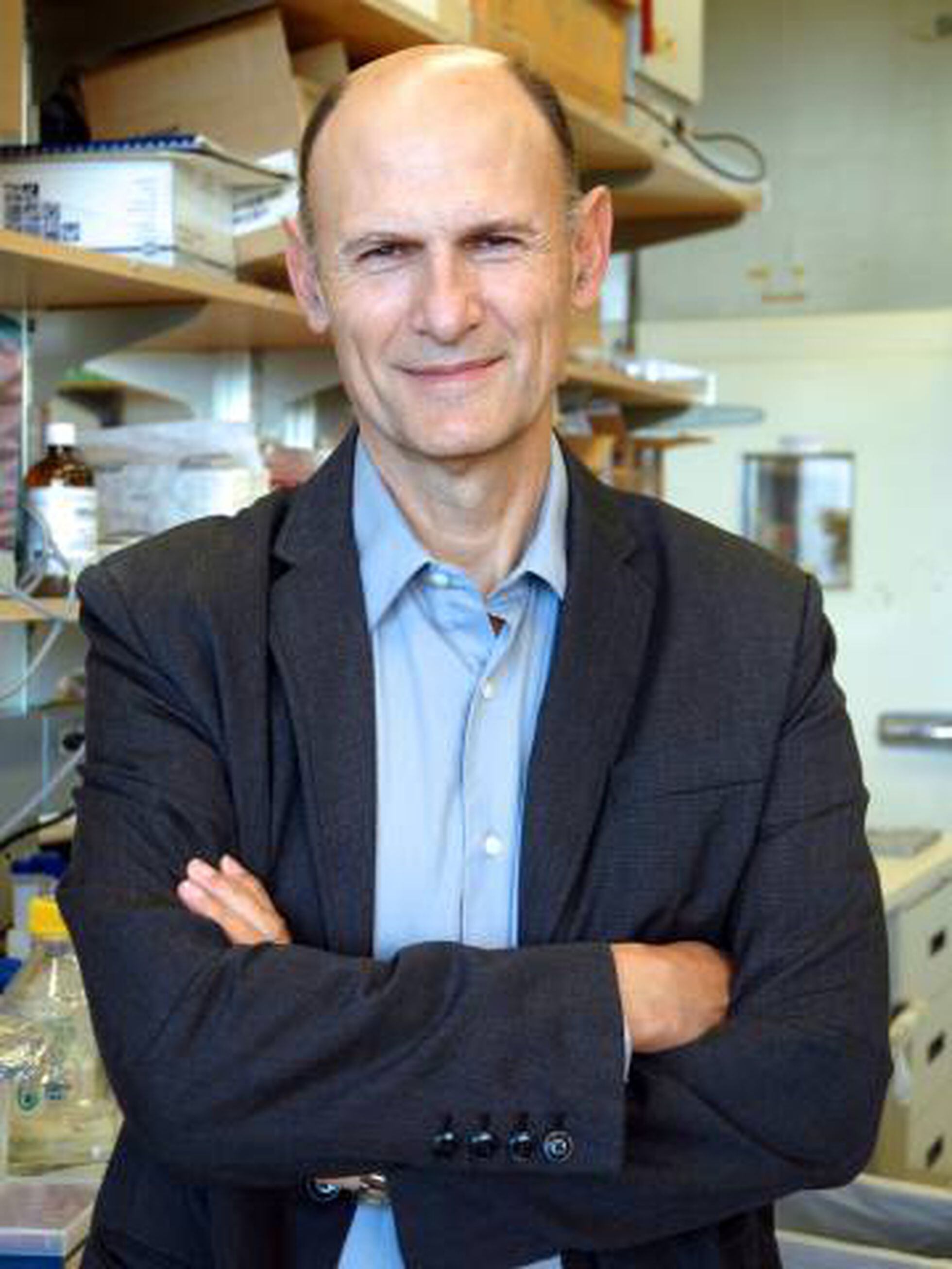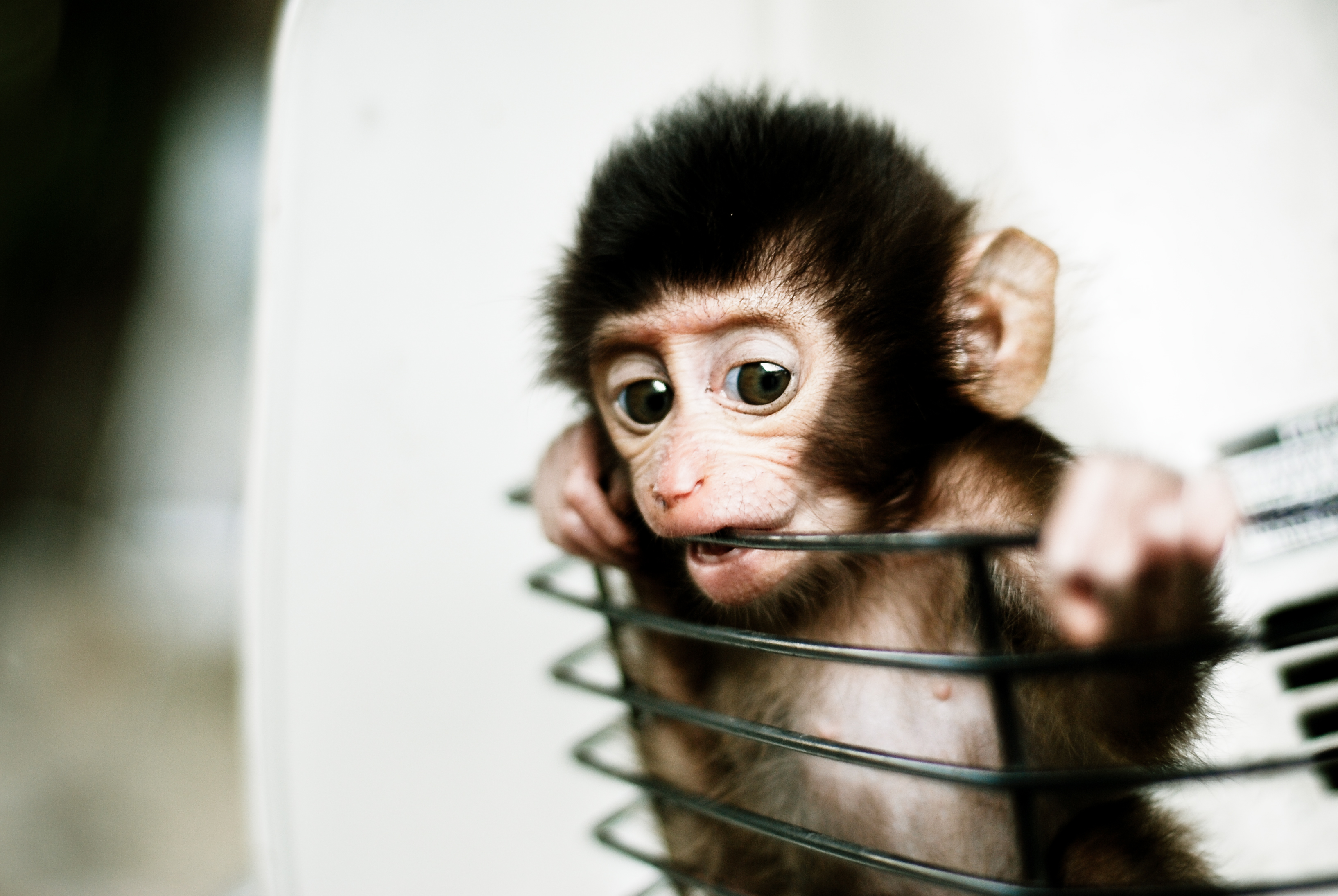

For scientists, the challenge now is to figure out how to maintain human cells in chimeric embryos for longer.Ī drawing of test tubes with embryos inside. But at the end of the 20-day experiment, three embryos still contained human cells that had grown as part of the region of the embryo where they were embedded. The researchers then grew these embryos for 20 days in petri dishes.Īfter 15 days, the human stem cells had disappeared from most of the embryos. In the human-monkey chimera experiment, a team of researchers implanted 25 human stem cells into embryos of crab-eating macaques – a type of monkey. This would solve the problem of organ shortages around the world for people needing transplants.īut keeping human cells alive in the embryos of other animals for any length of time has proved to be extremely difficult. If scientists can grow human cells in monkeys or other animals, it should be possible to grow human organs too. But in fact, the recent research is more a step toward an important medical development than an ethical minefield. Human–monkey hybrids might seem to be a much scarier prospect than babies born from artificial wombs. The question now is how far humanity should go down this path.Ī drawing of a half–eagle, half–horse griffin. Science still has a way to go before fetus development and births outside of a uterus become a reality, but researchers are getting closer. Once fetuses can be grown outside the womb, as in Huxley’s world, researchers will also be able to modify their growing environments to further influence what physical and behavioral qualities these parentless babies exhibit. To do so, though, members of the team need permission from their ethics board.ĬRISPR – a technology that can cut and paste genes – already allows scientists to manipulate an embryo’s genes after fertilization. Since mice and humans have similar developmental processes, it is likely that the team will succeed in growing human embryos in artificial wombs. The Israeli team plans to deploy its techniques on human embryos. This appears to be a simpler challenge to overcome than figuring out something totally new like supporting organ formation.


This will likely require new techniques, but at this point it is a problem of scale – being able to accommodate a larger fetus.
#MONKEY HUMAN CHIMERA FULL#
This development is a major step toward ectogenesis, and scientists expect that it will be possible to extend mouse development further, possibly to full term outside the womb. However, ectogenesis could have far-reaching impacts on individuals and society, and the prospect of babies grown in a lab has not been put under nearly the same scrutiny as chimeras. While creating chimeras – the name for creatures that are a mix of organisms – might seem like the more ethically fraught of these two advances, ethicists think the medical benefits far outweigh the ethical risks. and Chinese team announced that it had successfully grown, for the first time, embryos that included both human and monkey cells in plates to a stage where organs began to form.Īs both a philosopher and a biologist I cannot help but ask how far researchers should take this work. Until this experiment, no one had grown a mammal embryo outside a womb this far into pregnancy. On March 17, 2021, an Israeli team announced that it had grown mouse embryos for 11 days – about half of the gestation period – in artificial wombs that were essentially bottles. Two recent scientific developments suggest that Huxley’s imagined world of functionally manufactured people is no longer far-fetched. In the novel, technicians in charge of the hatcheries manipulate the nutrients they give the fetuses to make the newborns fit the desires of society.

Instead, embryos are grown in artificial wombs until they are brought into the world, a process called ectogenesis. In Aldous Huxley’s 1932 novel “ Brave New World,” people aren’t born from a mother’s womb. Researchers have grown mammal embryos later into development than ever before in an artificial womb.


 0 kommentar(er)
0 kommentar(er)
